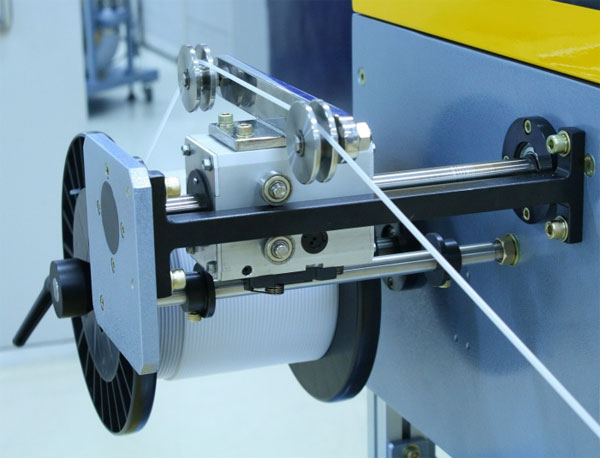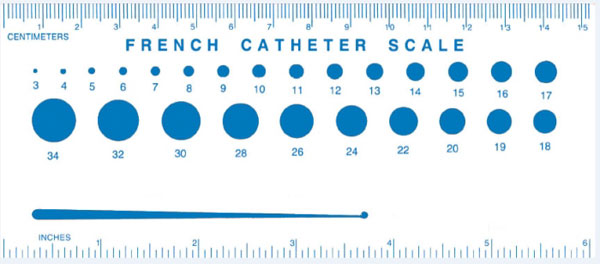|
Medical Polymer Tubing :
Applications & Extrusion Technology Highlights

Enhancing performance and design
Following are the various features
incorporated in the catheter tubings to enhance
performance depending on the applications :
• Braid/coil reinforcement for
strength, rigidity and torque control along the length
of the catheter to balance the need for flexibility
and kink resistance to navigate tortuous pathways.
• Use of hydrophilic coatings delivers high lubricity
to achieve low insertion force or a reduction in
friction for a specific delivery application.
• Soft tip and multi-durometer segments along the
length of the catheter provide atraumatic entry and
maneuverability.
• Radiopaque contrast at the tip and key segments
offer better visibility for the physician to visualize
accurate anatomical placement.
• Steerability and deflection help attain optimal
navigation.
Methods To Assess Tubing
Properties :
Briefly . methods used to measure
the effects of extrusion parameters on the final
product and for comparison with the original polymer
characteristics include : optical microscopy, tensile
testing, rheometry testing, IR spectrophotometry, and
enthalpy differential analysis.
Measuring Catheter Tubing Sizes
Problems can arise when the
customer and catheter or tubing supplier are not using
the same scale when discussing catheter tubing sizes.
French scale and gauge scale are
the measures used to refer to the diameter of
catheters and tubing. While each have certain
advantages, misinterpreting these standards can lead
to confusion. “OD” and “ID” are abbreviations for
outer diameter and inner diameter, respectively, and
are generally measured in inches or millimeters.

The catheter sizing classification
most commonly used in the medical industry is the
French (Fr) scale, also known as the “Charrière’s
system.” The French scale is an easy method to use to
describe the basic size of a catheter, because it
specifies the most obvious component, the outer
diameter. The French size = 3 times the diameter in
millimeters. The disadvantage of the French scale is
that it does not specify the inner diameter of the
catheter or tubing. Thus, the French sizing used
alone, is not specific enough to adequately describe
small catheters, where internal diameter is critical.
This scale is much more useful to specify larger
catheter sizes.
A second method of sizing catheters
is the gauge measurement. Gauge is a descending scale,
opposite the French scale of measurement which ascends
with corresponding size. The higher the gauge size the
smaller the tubing.
Another less common method for
sizing catheter tubing is the “PE” scale. It is
specific to polyethylene and is an ascending scale
used by some manufacturers to represent the OD and ID
of the tubing, similar to French sizing.
The most definitive method to
describe a catheter’s dimension is simply to state the
exact measurements of both the outer and inner
diameters. While it may seem a little more difficult
to communicate, this method will actually give all the
details necessary to the researcher or catheter
manufacturer to properly size your specific catheter
and catheter connections.
The Economics Of Extrusion
• Important elements of Expenses in
the medical tubing extrusions are : Materials,
Equipment, Direct Labour, Others ( includes : Power,
Packaging, Insurance etc )
• In most of the cases , the largest cost is the
material.
• Extrusion is usually a 24-hour continuous operation.
Frequent starts and stops greatly increase production
costs.
|
